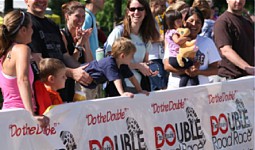UjENA FIT Club Running Interviews and articles with 100 Interesting People
Best Road Races and the UjENA FIT Club is speaking with 100 people who we feel have a lot to say about running, racing and fitness We will give you background information as will as their insights into the future. Be sure to post your feedback and comments.
Read All UjENA FIT Club Running Interviews
Posted Thursday, February 19th, 2015
by Bob Anderson, publisher of Double Runner magazine (Photo Bob Anderson with world record holder Julius Koskei wearing the yellow... Read Interview
Posted Monday, March 17th, 2014
The Chris Jones story is a running saga of epic proportions. Don't try this at home! (Photo - Leadville 100... Read Interview
Posted Sunday, March 23rd, 2014
Aging ever so gracefully at age 59 and forging a career record that becomes ever more impressive, Sharon Vos is... Read Interview
Posted Tuesday, November 5th, 2013
By David Prokop Editor Best Road RacesJulius Koskei (pronounced Kos-kay), who set the current world record in the Double Road... Read Interview
George Hirsch - Interview No. 18
Monday, February 13th, 2012
"Whether I was racing or not, I continued to run almost every day."
George Hirsch has been the New York Roadrunners Chairman of the Board since 2005. This non-profit $55 million dollar organization provides health/fitness programs for more than 100,000 children. Their most prestigious event is the New York City Marathon which George was a founder in 1976 along with Fred Lebow. After graduating from Princeton, George spent three years in the Navy based in Naples, Italy. He knew then that he wanted to be involved in international business. Upon returning to the states, he entered Harvard and graduated in 1962. He then worked at Time-Life International for five years but he wanted to do is own thing. He started New York magazine which became the prototype for countless city and regional magazines. He left four years later. This is when he founded New Times magazine. Even through circulation climed to 350,000, it was not making it financially and he ceased publication in 1979. George was a serious runner and had been reading Distance Running News/Runner's World from the beginning. He couldn't get enough. He thought the category could use a second magazine and he started The Runner magazine in 1978 and published it until he sold it to Rodale Press in 1986 merging it with Runner's World. In 1987 Rodale hired George to be the worldwide publisher of Runner's World, the world's leading running magazine with editions in 12 countries. He left in 2004 and became the chairman and Publisher of La Cucina Italiana, the English language editor of Italy's oldest and largest culinary magazine.
In the middle of all of this, George was running almost every day and racing regularly. Running some amazing times including a 2:38 marathon in Boston 1979. He ran his last marathon at age 75. After that race in 2009 he promised his wife Shay that he would not run any longer than a half marathon since he had fallen a few times causing concern. In fact in 2003, George, then 69, collapsed 40 yards from the finish and fell on his face loosing part of two teeth. He loves his wife more than running and decided to go along with her wishes. George and I were tough competitors for six years starting in 1978. Neither of us really got to know the other. I think this interview is the start of a new beginning for us. We are now just two runners with one thing in common. We love running. Advertising revenues and circulation now don't have to get in the way. (Interview by Bob Anderson) Personal Bests: Marathon 2:38:54 at age 44, Sub 3 Hour marathoner until age 60, 3:25 marathon at age 69, 3:31 at age 71.
Photo below: George with Joanie in 1979 5 6. When did you pick up your first issue of Runner's World(Distance Running News)? What did you think of it? 8. When did you start thinking about starting a magazine about running? Photo: 1986 in Central Park with Frank Shorter, Bill Rodgers and Fred Lebow. 13. When did Rodale Press contact you about being the publisher?
Comments and Feedback
 Thanks George for sharing your thoughts with us. You have done much for running! Thanks George for sharing your thoughts with us. You have done much for running!Bob Anderson 2/15/12 4:26 pm |
,,,,, |
Photo: George running with Frank Shorter 15. What was the biggest challenge you faced at Runner's World? The biggest challenge in all of these merger/acquisition situations is bringing together two different staffs and two different cultures. What made it much easier was that we were all runners. 25. When and how did you meet Shay?
27. You have run some amazing times over the years. 30. What are runners doing today that runners were not doing in the past? |

Copyright 2025 UjENA Swimwear · Site Map · Feedback · Tell A Friend · Nominate a Race
Leaderboard · UjENA 5K · Double Road Race · UjENA Jam · UjENA Network









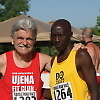
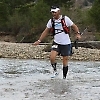
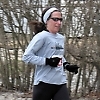

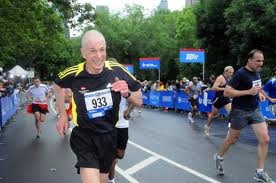
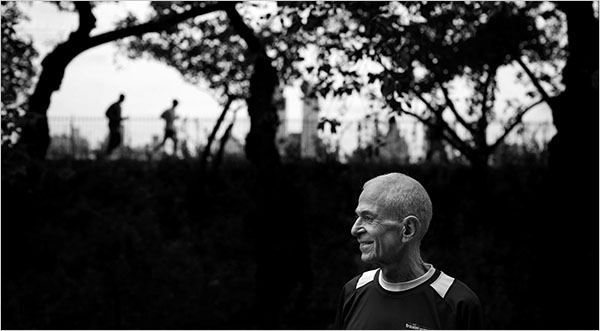 1. When did you realize you wanted to be a magazine publisher?
1. When did you realize you wanted to be a magazine publisher? 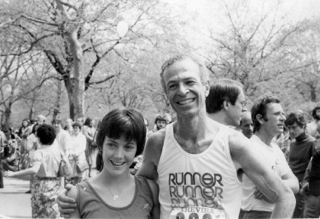 . When did you run your first race?
. When did you run your first race? 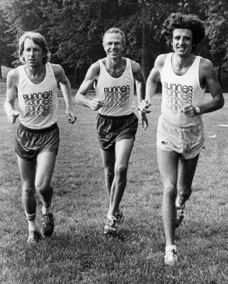 Photo: Launching The Runner with Bill Rodgers and Frank Shorter.
Photo: Launching The Runner with Bill Rodgers and Frank Shorter.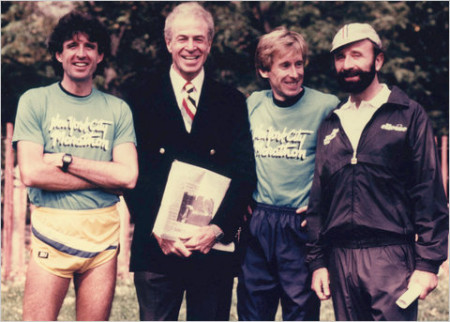
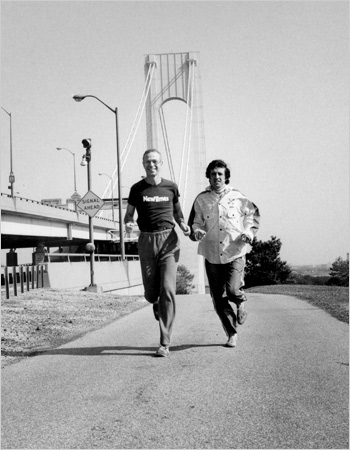 14. Was this a dream come true...being the publisher of Runner's World?
14. Was this a dream come true...being the publisher of Runner's World?  17. As publisher of Runner's World, you met world record holders, race directors, attended Olympic games, worked with presidents of running shoe companies, etc. Was that really exciting?
17. As publisher of Runner's World, you met world record holders, race directors, attended Olympic games, worked with presidents of running shoe companies, etc. Was that really exciting? 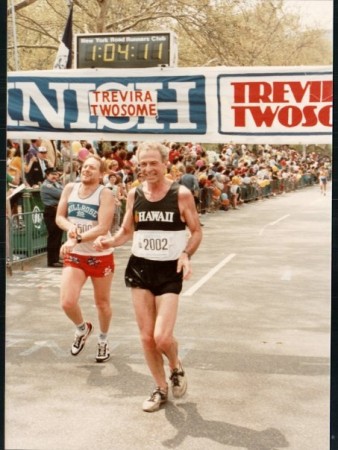 22. Were you able to get in the training miles you wanted at this time?
22. Were you able to get in the training miles you wanted at this time? 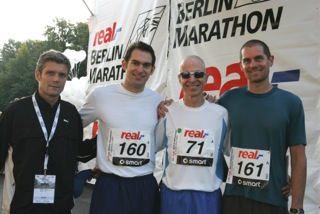 Photo: Berlin Marathon 2005 with Martin Gruning the editor of RW Germany and my sons Ian and Sean. George ran 3:31 at age 71.
Photo: Berlin Marathon 2005 with Martin Gruning the editor of RW Germany and my sons Ian and Sean. George ran 3:31 at age 71. 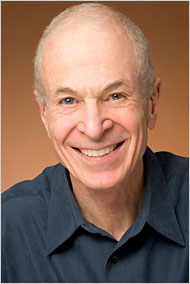 35. What other interests besides running do you have?
35. What other interests besides running do you have? 